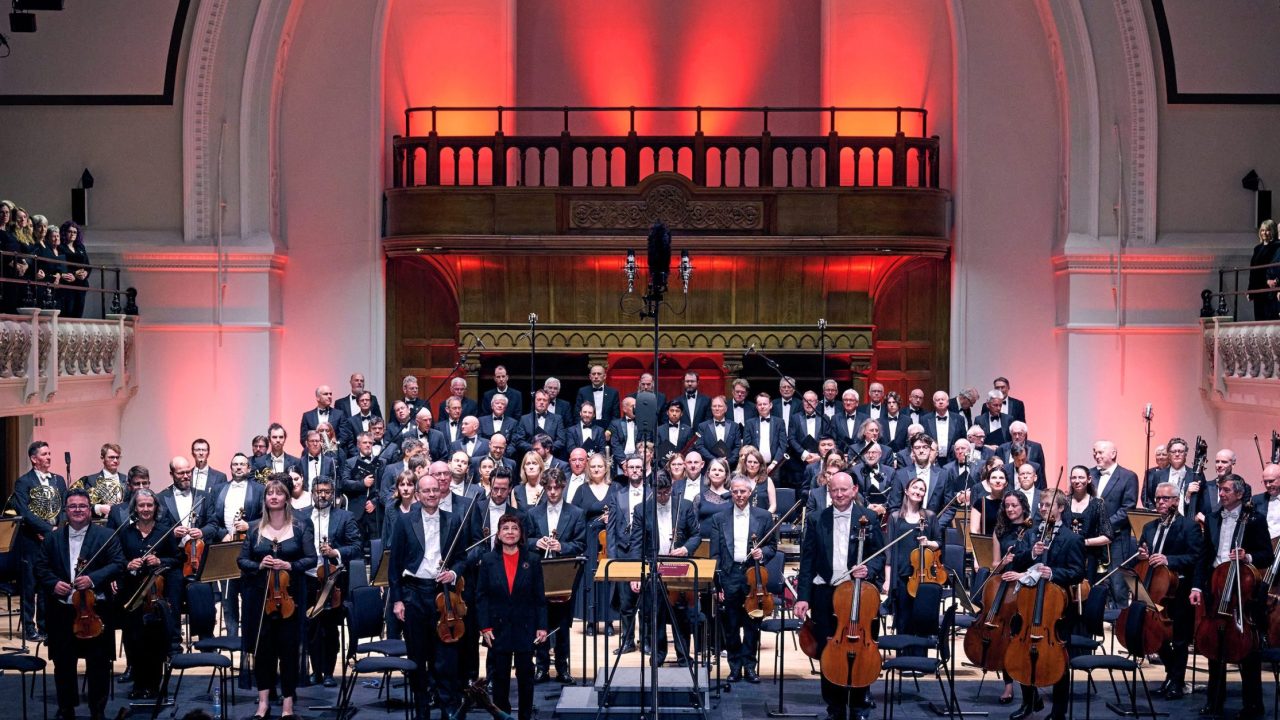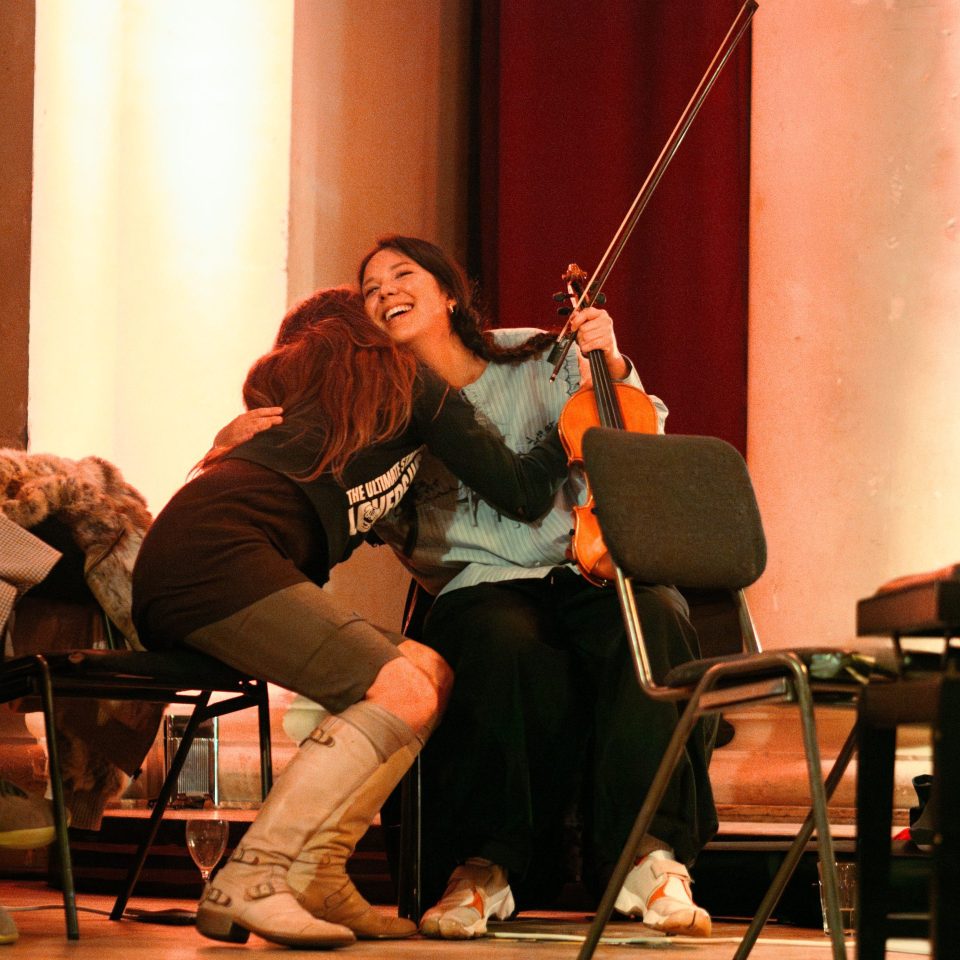Rimma Sushanskaya conducts Mozart’s Requiem, his final work, one of the most revered pieces in the classical repertoire.
The mysterious circumstances surrounding Wolfgang Amadeus Mozart’s Requiem have lent the work an enduring aura of romance and intrigue. The real story of the Requiem is no less compelling, but ultimately it is the music itself that endures. The dramatic power of Mozart’s final composition highlights the austere and ultimately redemptive language of the text of the Catholic requiem mass.
In the summer of 1791, Count Franz Walsegg von Stuppach sent a messenger to Mozart with an anonymous commission for a requiem to honour Walsegg’s late wife. Walsegg, an amateur musician, had a habit of commissioning works from well-known composers and passing them off as his own (hence his desire for anonymity). Mozart, whose financial situation was always precarious, accepted the commission. By October 1791, in failing health, Mozart returned to the Requiem; he only completed the Introit, Kyrie, most of the Sequence, and the Offertory before his death.

